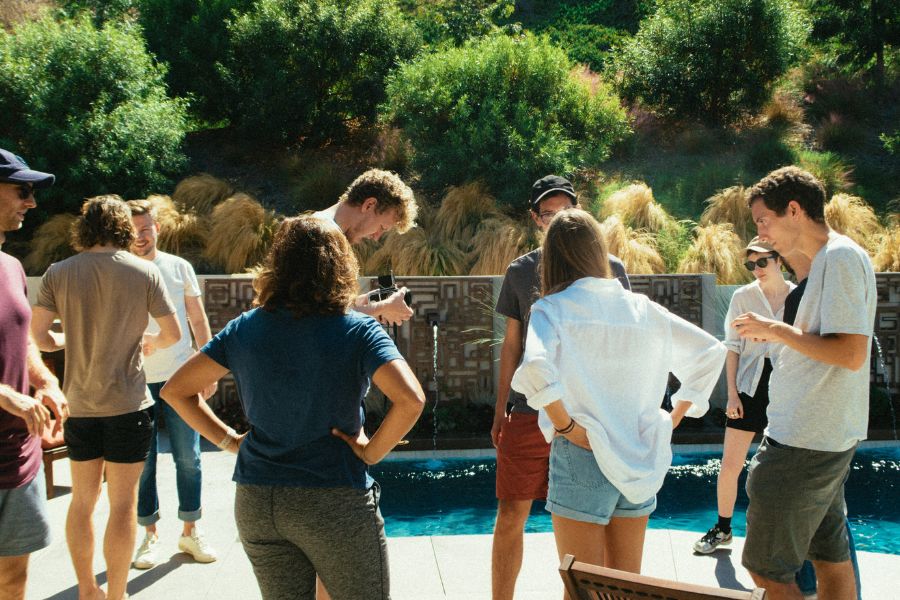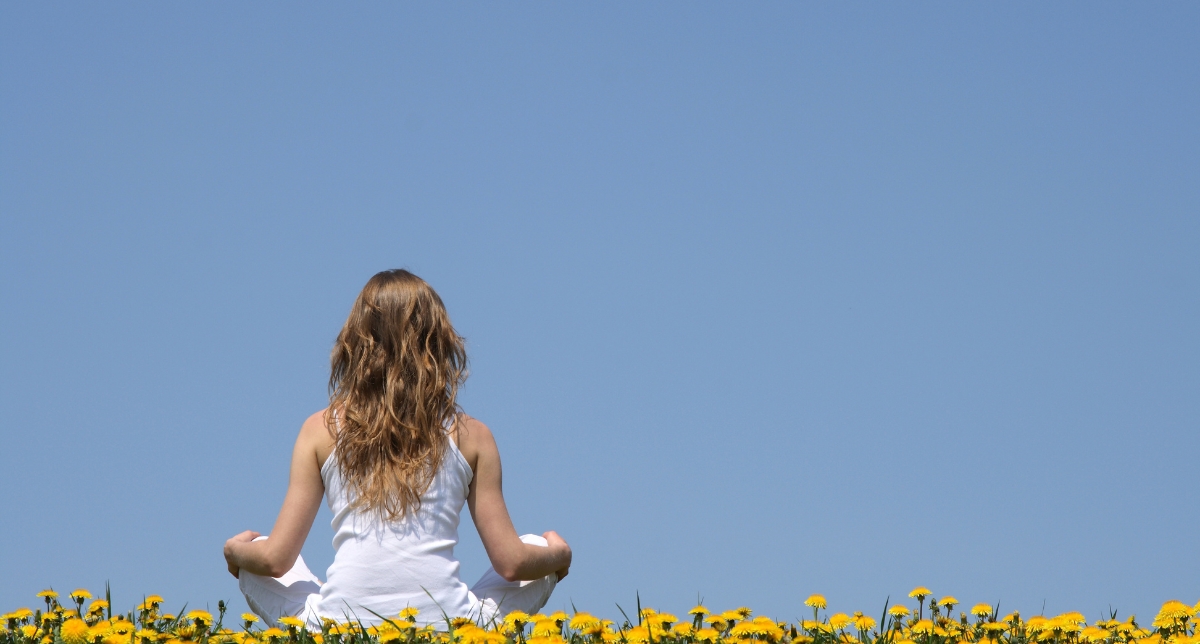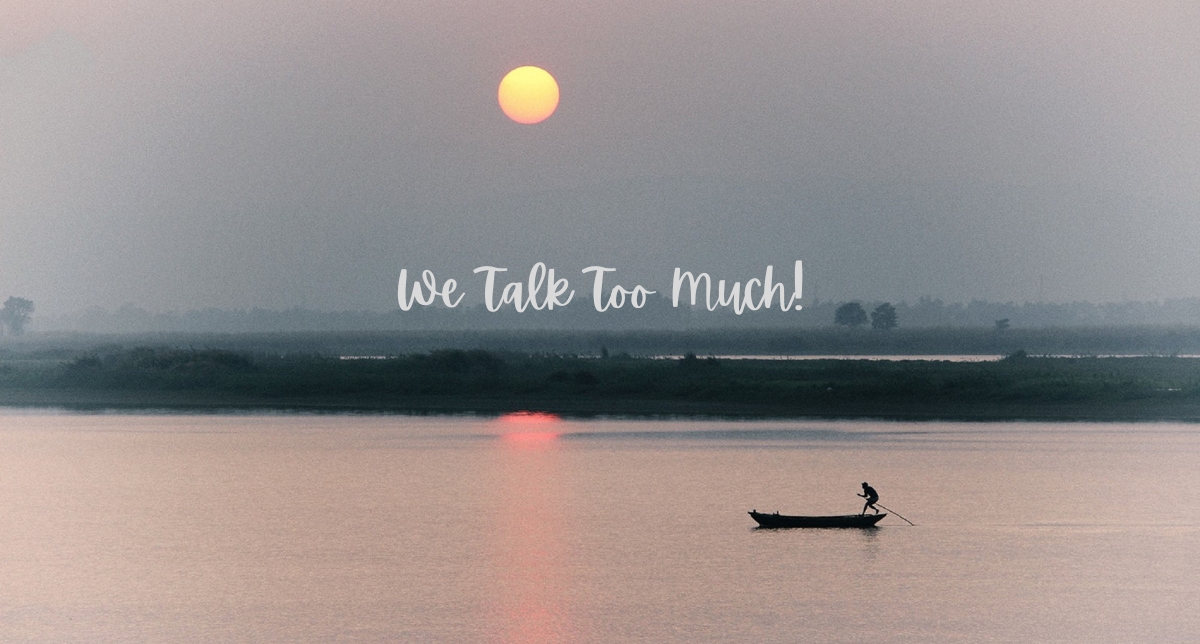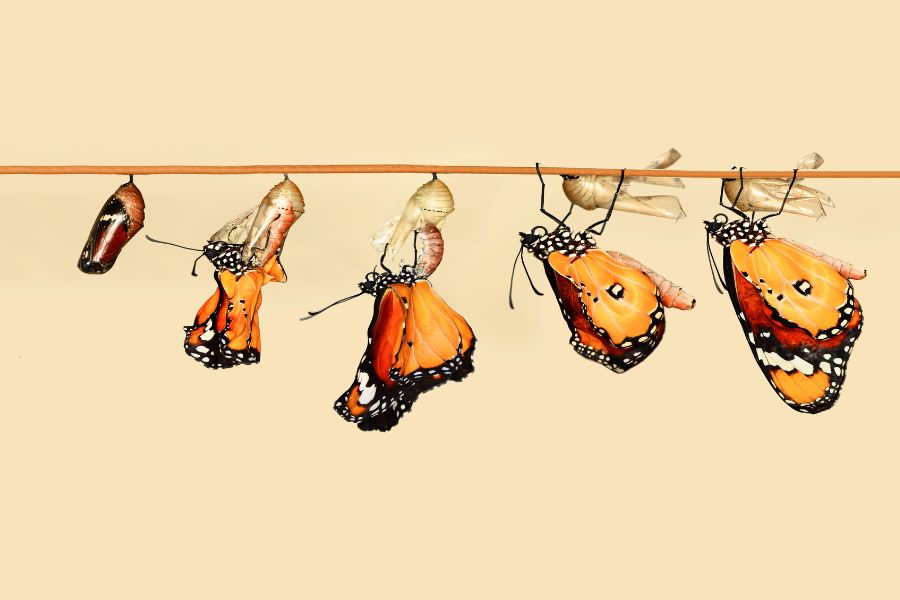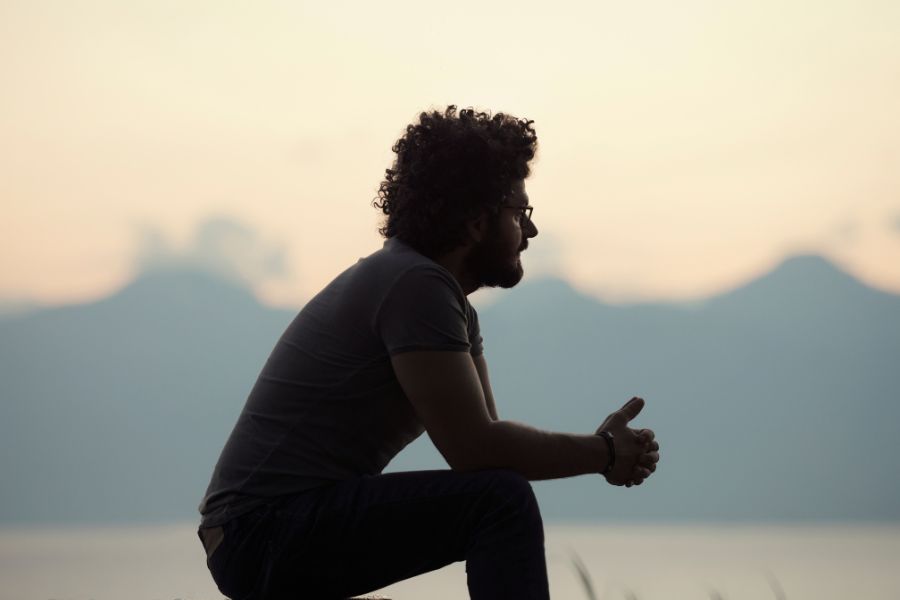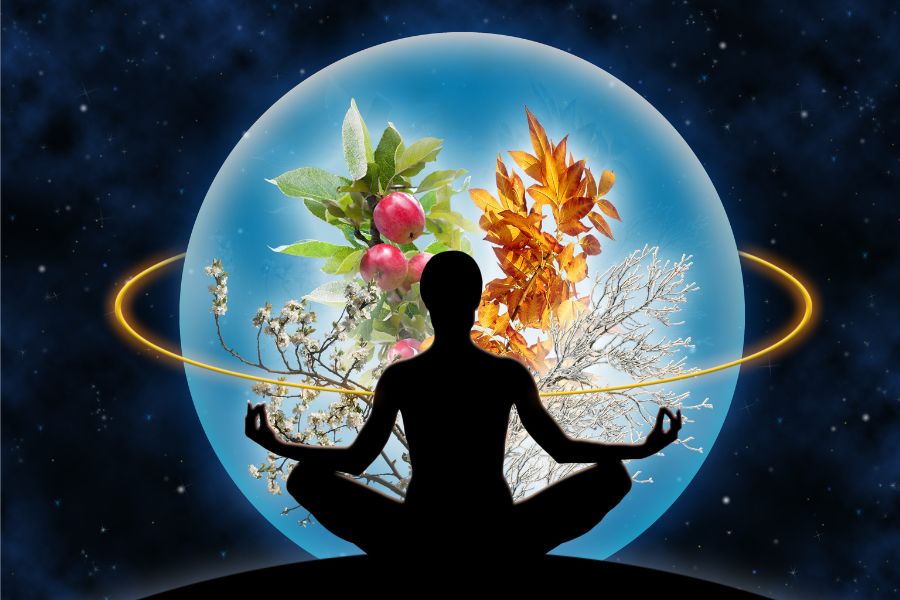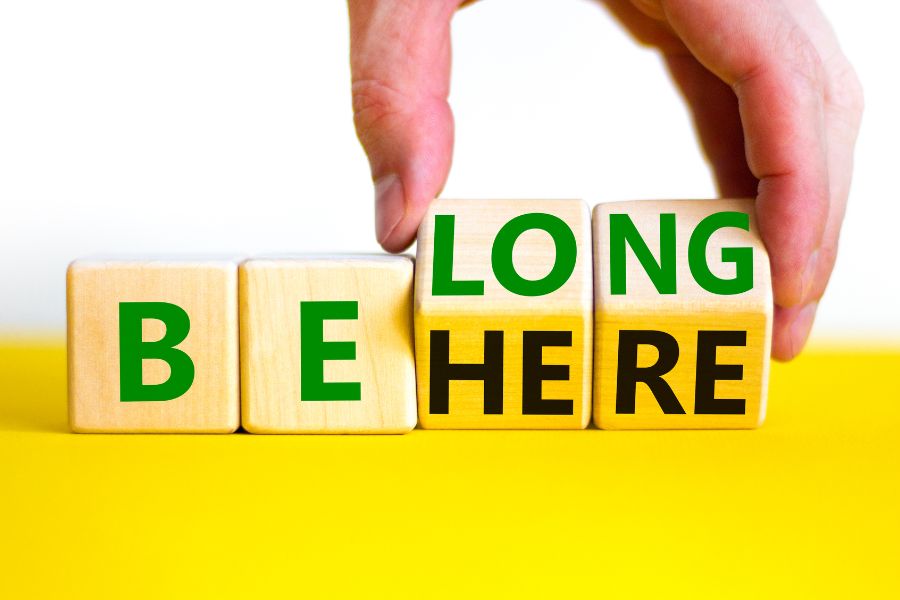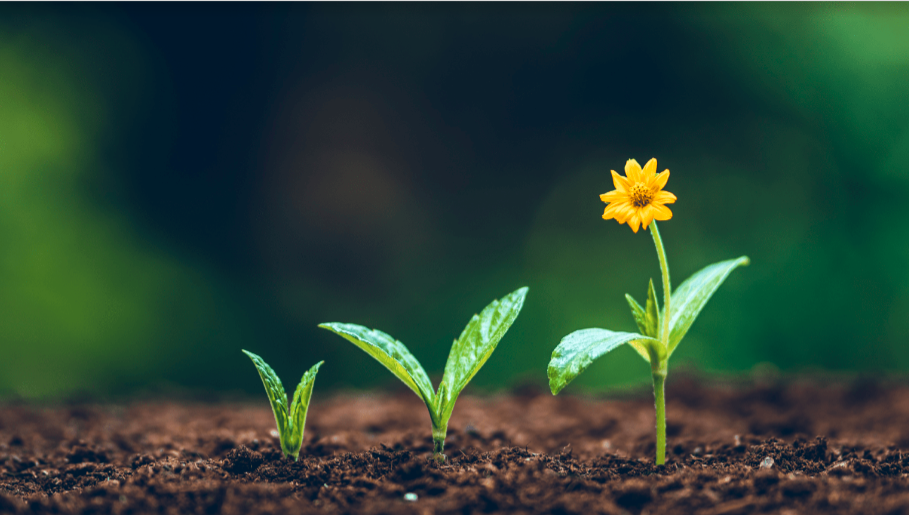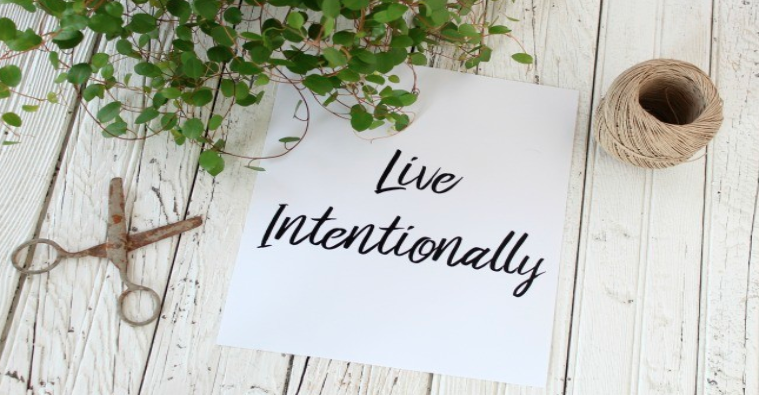When I think about the word meditation, a mesmerising landscape forms in my mind. I can see a beautiful river flowing from the top of the mountain and hear it making its way past the slippery road. I can feel the rush of cool wind in my face, taking me to another zen world, one that can only be imagined.
Such is the power of meditation; the word itself makes you feel calm and peaceful. Have you ever wondered who discovered this Nobel technique and helped millions of us along the way? How has the river of meditation originated, and how is it flowing? Which river is it running towards?
During meditation, you simply choose an object, focus on it by choice, and sit quietly. The focus point can be your breath, an external object, or whatever your mind decides. The Indian concept of living has always encouraged us to explore and accept the other or the spiritual energy we all are bound by.
The Sanskrit term ‘darsana,’ which translates to ‘seeing’ or ‘experience,’ is used for philosophy in India. This word choice reflects the fundamental principle in orthodox Indian philosophy that all metaphysical discourse stems from direct perception rather than speculation. In the Hindu mindset, concepts like intuition, spirit, and being are not regarded as speculative or problematic notions but as things that can be directly known and experienced.
According to meditative literature, this experience is not limited to a chosen few but is accessible to everyone under the right circumstances. However, this perception is not derived from the senses or intellectual operations; it is transcendental and cannot be fully represented rationally.
The foundational source for India’s plausible systems of metaphysics and psychology are the Vedas, the oldest scriptures in India and a vast collection of ancient texts. To trace the central features of India’s unique vision of human nature, we must focus on a specific portion known as the Vedantic literature, particularly the Upanishads. The term ‘Vedanta’ means ‘the end of the Vedas,’ referring to these Upanishad texts representing the final culmination and highest wisdom concerning the nature of the Absolute Spirit or Soul described in the Vedas.
Shankara, the 7th-century poet/philosopher and unrivaled exponent of Advaita Vedanta (the non-dualistic branch), asserts that Vedanta’s fundamental purpose is to correct the profound error afflicting humans – the misconception that empirical knowledge combined with reason and logic alone is sufficient to comprehend human nature.
A primary tenet is that the operations of mind and intellect are inadequate for full self-realization. Reason and empirical investigation of the world cannot definitively answer the most basic questions about one’s innermost nature and being.
The ancient art of meditation has its roots stretching back thousands of years to ancient India. In those times, Hindu sages and seers known as rishis explored the depths of the human mind and spirit through meditation.
These rishis lived simple lives, spending long periods in quiet contemplation in forests and caves. They sought to understand the true nature of the self and the universe through meditation. Their profound realizations and experiences were captured in ancient Vedic texts like the Upanishads.
One of the earliest references to meditation is found in the Vedas, which discuss the practice of dhyana or meditation. The rishis described meditation as a journey of turning inwards, a path to inner peace, freedom and enlightenment.
As the practice spread, different traditions and techniques emerged over the centuries—from the Raja Yoga of Patanjali to Zen Buddhism and its emphasis on mindfulness. However, the essence remained the same: using meditation to calm the mind, live in the present moment and connect with one’s innermost being.
What began as an esoteric spiritual practice eventually became mainstream, with the health benefits being validated by modern science. The art still holds immense relevance today, providing an antidote to our hectic, distracted modern lives.
In ‘The Art of Meditation’ by Matthieu Ricard, a Buddhist monk and scientist, the focus is on presenting meditation as a practical tool. It’s about cultivating calmness, clarity, and well-being and improving our daily lives and inner state. Ricard’s book offers a valuable and accessible introduction to meditation, empowering us to take control of our well-being.
There are different kinds of meditation techniques available, such as:
- Mindfulness Meditation: This involves focusing your attention on the present moment and noting thoughts, feelings, and bodily sensations in a nonjudgmental way. It helps reduce stress and anxiety.
- Transcendental Meditation: With this form, you silently repeat a mantra to prevent distracting thoughts and achieve deep relaxation and pure awareness.
- Loving-Kindness Meditation: This practice involves opening your mind to receiving loving-kindness and sending out compassion, first to yourself and then to others.
- Body Scan Meditation: You mentally scan your body from head to toe, noticing areas of tension or relaxation, helping increase awareness.
- Breath Awareness Meditation: By simply focusing on the flow of your breath, you anchor your attention to the present and allow thoughts to pass by without judgment.
- Walking Meditation: This active form of meditation has you focusing intently on each movement of taking a step, helping increase mindfulness.
- Chakra Meditation: Drawing from ancient Hindu traditions, this aims to balance your body’s seven chakras or energy centers through specific visualizations.
- Zen Meditation: This practice, which comes from the Buddhist tradition, seeks to discipline the mind by letting go of all thoughts and attachments to achieve pure consciousness.
For beginners or anyone looking for help, Anataha is at your service. If you feel lost or unsure, you can find all the help you require at Antaha. Follow us for more exciting tips and valuable information about ancient practices.
Meditation is an age-old technique that is still highly relevant even today. These beautiful techniques will make you feel good and uplift your mental health. So pick your technique now and start meditating!

